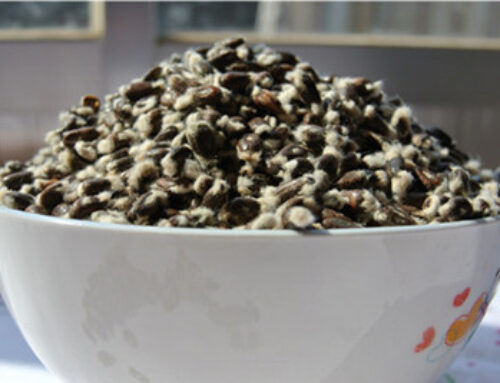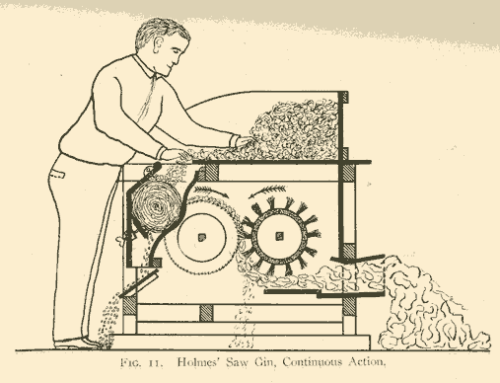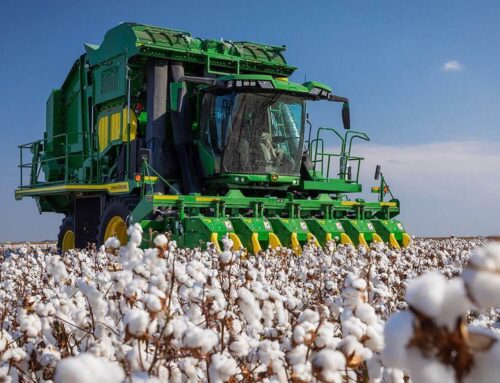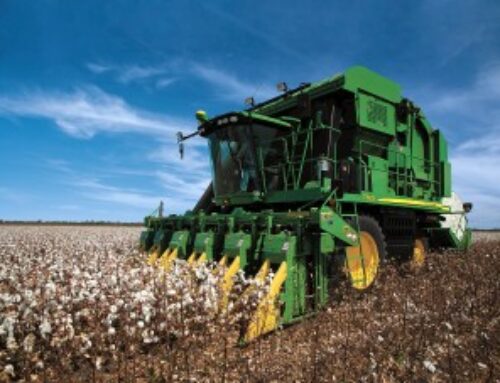People are familiar with cotton for its wide application in our social life. Cotton is adopted to make cotton-padded clothes, cotton quilts, cotton clothes, cotton underwear, etc. Before being used, the cotton needs to be processed by cotton processing machines, which have high efficiency and can save much labor.
History of Cotton
Cotton planting first appeared in the Indus River Valley civilization in about 5000 to 4000 BC. Before year 1 AD, the application of cotton textiles had spread to the Mediterranean region. Arab merchants brought delicate cambric to Italy and Spain in year one. Moors spread cotton planting methods to Spain in about the 9th century. In the 15th century, cotton was introduced into England, and then into English Colonies in North America.
In fact, aborigines in Central America had already known how to use cotton to make clothes and blankets. When the Spanish entered Southern Mexico and Yucatan Peninsula in the 16th century, local cotton industries there were already well-developed and islanders were already known to process colored cotton fiber into local clothes for wearing. Right now over 90% of world cottonseed originated in upland cotton in Mexico.
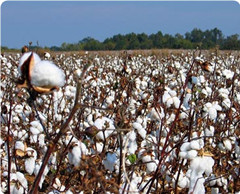
Types of Cotton
Long-staple cotton, also called sea island cotton, originated in South America. Long stapled cotton is featured long fiber and high intensity, which is suitable for high count yarn spinning.
Medium-staple cotton, also named upland cotton, originated in Central America, so it was also referred to as American cotton. This kind of cotton is characterized by wide application, high output, long fiber and high quality, which is fit for medium-count yarn spinning.
Short-staple cotton, also called Asiatic cotton, originated in India. This cotton has rarely grown for its low output and short, rough fiber.
Leading Producing Countries
In 2011, the world’s top 5 cotton-producing countries are China, India, the United States, Pakistan, Brazil. The 5 leading cotton exporters of the same year are the United States, India, Brazil, Australia, and Uzbekistan.
The Importance of Cotton
Every part of the cotton plant is useful. Like cotton, it exists in every part of our daily life, from the soft cotton towel we use to dry our faces every morning to blue jeans and clothes we dress in the day, then cotton sheets at night. Lint can provide cellulose to make plastics, explosives, and other products. Cottonseed is separated into three parts– oil, meals and hulls. Cottonseed oil can be used as salad dressing and cooking oil. While meals and hulls can be used as fodder or fertilizer. Even cotton stalks and leaves can be used as feed or fuel.

